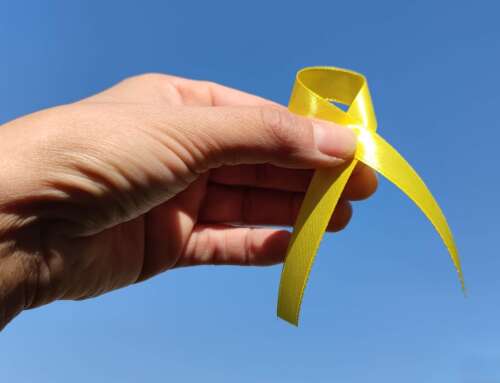A study led by Columbia University Irving Medical Center (CUIMC) revealed that young Americans had a sharply higher risk of suicide in the months after surviving a deliberate self-harm attempt. The authors say the findings underscore the need to direct clinical interventions toward youth who survive such attempts during this critical period.
“Our latest study shows that time is of the essence in preventing a nonfatal self-harm event from leading to a fatality,” said Mark Olfson, MD, MPH, professor of psychiatry at Columbia University Vagelos College of Physicians and Surgeons and lead author of the study. “Although young adults compared to adolescents had a higher risk of suicide over the year after self-harm, adolescents had a particularly high risk during the first few weeks.”
Nonfatal self-harm – meaning self-poisoning or self-injury (e.g., cutting) with or without suicidal intent – is common among young people. Although around one-third of young people who die of suicide have nonfatal self-harm events in the last three months of life, little is known about which young people with self-harm are at the highest short-term risk of suicide.
The researchers analyzed Medicaid data from 45 states to determine the 1-year suicide risk in 32,395 adolescents and young adults (age 12 to 24 years) who had been clinically diagnosed with deliberate self-harm. The data were linked to the U.S. National Death Index to confirm dates and cause of death. The researchers looked at many risk factors, such as demographic characteristics, recent treatment for a psychiatric disorder, and method of self-harm. They compared among young people with self-harm their risks of repeated nonfatal self-harm and suicide and they compared their risk of suicide in relation to the general population of young people who had similar age and demographic characteristics.
– ScienceDaily
Read more: Suicide Risk Sharply Higher in Months After Self-Harm








Leave A Comment